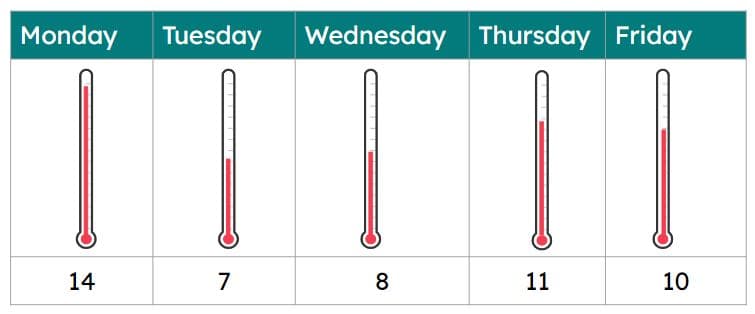Myths about teaching can hold you back
- Year 4
Extreme weather: heatwaves and wild fires (non-statutory CC & Sustainability)
I can explain how more extreme weather, including heatwaves and wildfires, can affect environments.
- Year 4
Extreme weather: heatwaves and wild fires (non-statutory CC & Sustainability)
I can explain how more extreme weather, including heatwaves and wildfires, can affect environments.
These resources were made for remote use during the pandemic, not classroom teaching.
Switch to our new teaching resources now - designed by teachers and leading subject experts, and tested in classrooms.
Lesson details
Key learning points
- The air around our planet is warming up, this can lead to heatwaves in some countries of the world.
- The temperature for a 'heatwave' is different in different countries.
- Extreme weather, including heatwaves, are dangerous for animals including humans.
- Wildfires are dangerous as they spread quickly and are difficult to put out.
- Wildfires can harm plants and animals and can damage the soil.
Keywords
Temperature - Temperature is a measure of how hot something is.
Climate - Climate is weather patterns over a long period of time.
Heatwave - In the UK, a heatwave is at least three consecutive days of temperatures above what would normally be expected.
Extreme - Extreme is very large in amount, much more than normal.
Wildfire - A wildfire is a large, destructive fire that spreads quickly through forests, grasslands and other areas with lots of plants.
Common misconception
Pupils may believe that heatwaves are just a ‘hot’ day and that wildfires are always caused by humans.
Discuss with pupils the length and severity needed for an event to become a heatwave. Share with the pupils how the weather and conditions contribute to increased risk of wildfires occurring.
To help you plan your year 4 science lesson on: Extreme weather: heatwaves and wild fires (non-statutory CC & Sustainability), download all teaching resources for free and adapt to suit your pupils' needs...
To help you plan your year 4 science lesson on: Extreme weather: heatwaves and wild fires (non-statutory CC & Sustainability), download all teaching resources for free and adapt to suit your pupils' needs.
The starter quiz will activate and check your pupils' prior knowledge, with versions available both with and without answers in PDF format.
We use learning cycles to break down learning into key concepts or ideas linked to the learning outcome. Each learning cycle features explanations with checks for understanding and practice tasks with feedback. All of this is found in our slide decks, ready for you to download and edit. The practice tasks are also available as printable worksheets and some lessons have additional materials with extra material you might need for teaching the lesson.
The assessment exit quiz will test your pupils' understanding of the key learning points.
Our video is a tool for planning, showing how other teachers might teach the lesson, offering helpful tips, modelled explanations and inspiration for your own delivery in the classroom. Plus, you can set it as homework or revision for pupils and keep their learning on track by sharing an online pupil version of this lesson.
Explore more key stage 2 science lessons from the Living things and the environment unit, dive into the full primary science curriculum, or learn more about lesson planning.

Equipment
In Task A, the children are encouraged to make a voice recording so a device to save these recordings would be useful. If making a leaflet in Task B, resources needed will be paper and coloured pens.
Content guidance
- Depiction or discussion of violence or suffering
Supervision
Adult supervision required
Licence
Prior knowledge starter quiz
6 Questions
Q1.Which of these pieces of equipment would we use to measure temperature?
Q2.Which of these would you use to measure rainfall?
Q3.Match the equipment to its unit of measure.
centimetres
kilograms
degrees Celsius
Q4.The outside air temperatures were recorded for 5 days in °C. Starting with the warmest, put the days in temperature order.



